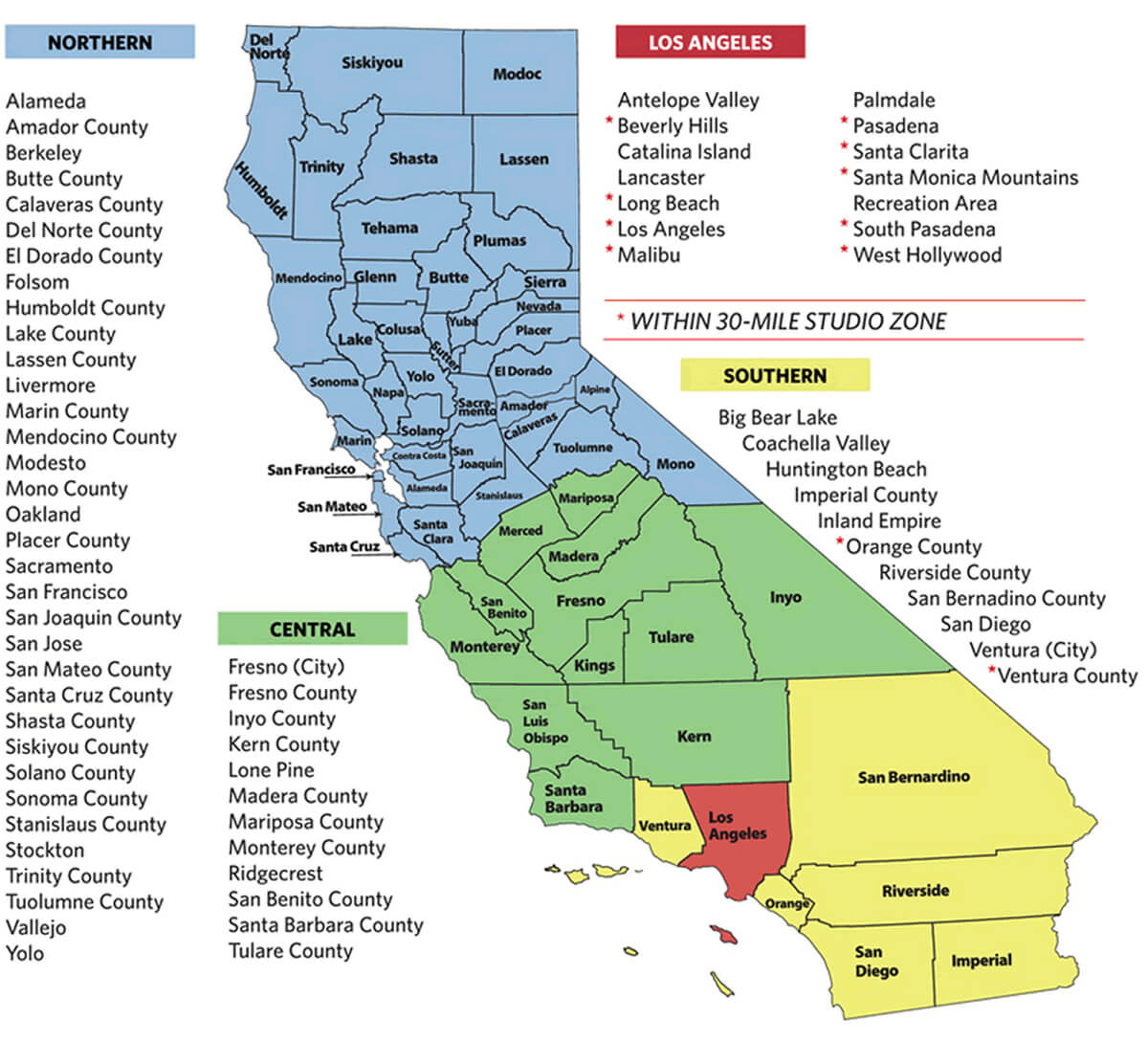
Trying to find out how many counties are in California? You’re not alone. Whether it’s for school projects, travel plans, or simple trivia, the answer—58—comes up again and again, yet that single digitis just the first layer of a deeper tale.
This network of counties makes upa patchwork of contrasts: fog-kissed seaside towns, pine-covered mountain regions, fertile Central Valley breadbaskets, and global entertainment capitals. Each county carries its own story, forged throughrailroad expansion, cutting-edge innovation, and relentless population booms.
Throughout this guide, we’ll explorethe timeline that locked the total at 58, the real responsibilities counties shoulder, and the record-holders—from the tiniest to the most populous. When we’re done, you’ll own the knowledge—and sound like a local expert with confidence.
Origins of California’s 58 Counties
Upon admission to the United States, the map was a patchwork of just 27 jurisdictions. Rapid gold-rush immigration forced lawmakers to redraw borders. Within twenty years, the count had expanded toward 53 counties, and in 1907 the remaining gaps were closed, locking in the canonical figure of 58.
Capitol archives indicate that many break-away regions stemmed from three overlapping forces:
- Sheer distance left settlers days from the nearest courthouse.
- Economic clashes between miners and farmers triggered secession campaigns.
- Language and immigrant communities sought their own seats.
By 1920, the political map stabilised. In modern times, no proposal to add a 59th county has cleared committee, causing commentators to dub the era when new counties sprouted decisively over.
A County-by-County Tour of Terrains
Plot a route from foggy Crescent City to border-side Calexico, and you’ll thread through every Köppen zone short of tundra. Pacific-facing districts benefit from Mediterranean precipitation, while basin counties in the Central Valley battle drought cycles.
- Alpine districts such as Placer, Nevada, and Alpine store California’s snowpack.
- River-delta territories fight subsidence but export produce worldwide.
- Island counties like Santa Barbara oversee ferry routes.
That geographic spread underpins the stark fiscal gaps between counties. Weather sets tax bases and lifestyles.
What Counties Actually Do
Amid Sacramento’s delegated framework, municipalities handle zoning, but counties are tasked with the bread-and-butter functions that keep daily life humming. From birth to death—marriage licenses, tax rolls, voter registries—all reside at the recorder-assessor’s office.
Elected sheriffs patrol unincorporated land, while trial courts hear felony cases. Public-health branches coordinate Medi-Cal. Tax-allocation showdowns fill chamber galleries with activists.
Example: Contra Costa’s Shared Services Model
Tiny Alpine operates from a single two-story courthouse, highlighting how elastic county governance proves. One template doesn’t fit all when populations range from under 1 200 to over 10 million.
At day’s close, county offices translate state statutes into daily action. Knowing their role guides newcomers navigating paperwork.
Demographic and Fiscal Highlights
The state shelters over 39 million residents, but the headcount clusters unevenly. LA’s single jurisdiction accounts for roughly a quarter. Conversely, tiny Alpine County hovers around a thousand residents.
- Largest population: County of Los Angeles
- Least populous: Alpine County
- Largest area: San Bernardino
- Smallest area: City & County of SF
Money, like people, concentrates and evaporates. Tech-centric jurisdictions see venture cash flow in at record rates, while Central Valley breadbaskets depend on seasonal labour influxes. These fiscal contrasts drive school funding debates every decade.
Memorising these recordsis trivia gold: tax rates, job prospects, and lifestyle perks hinge on county lines.
The Ultimate California County Circuit
For intrepid travellers, visiting every single county has become a badge. A popular itinerary kicks off in sunny San Diego, follows Highway 101 past surf towns, swings through Santa Cruz, then zigzags across rice-field flats and orchard grids, before ascending into the Sierra Nevada for old stamp mills.
Regional Mini-Loops
- Southern Swing – San Diego to Santa Barbara; 10 counties in a long weekend of days.
- Valley Ribbon – Grapes to rice paddies; flat-land express.
- Northern Peaks – crater-rim roads; jaw-dropping vistas.
Cap off the circuit in Imperial, having logged 1 400–2 000 miles. At that point, you can brag that you’ve lived the answer to the county-count question—because your copyright stamps prove it!
California County FAQ
Below you’ll find concise answers to the most common county-related queries.
How many counties are in California?
California officially recognises 58 counties—a number that hasn’t changed since 1907. Whether you ask the Secretary of State, the Census Bureau, or a local historian: 58.
Which county has the largest population in California?
LA County leads by a wide margin, housing roughly one in four Californians. Decades of immigration, entertainment dominance, and job growth keep the numbers high.
Which CA county has the fewest residents?
The crown for smallest population goes to Alpine County, often cited at just about a thousand souls. Location along rugged mountain corridors keeps growth modest, making it a haven for solitude seekers.
Which county covers the largest land area in California?
Geographic titan San Bernardino County encompassing deserts, mountains, and metro suburbs alike. You can drive for hours without leaving its borders—crossing ski slopes, dunes, and bedroom communities.
How did California end up with 58 counties?
The current tally emerged from 19th-century partitioning, ending when Imperial County formed in 1907. Every modern effort to check here create a new county stalls in committee or dies at the ballot box.
Could a region break away to become its own county today?
Legally, yes—state law allows it, but the hurdles are steep. Petition drives, feasibility studies, dual-county referenda, and a two-thirds vote in Sacramento make secession rare. That’s why no county lines have moved since the early 1900s.
Which responsibilities fall to county governments?
Counties handle the backbone of local governance: voter registration, deed recording, health clinics, and sheriff patrols. Without county infrastructure, everything from jury duty to restaurant inspections would grind to a halt.